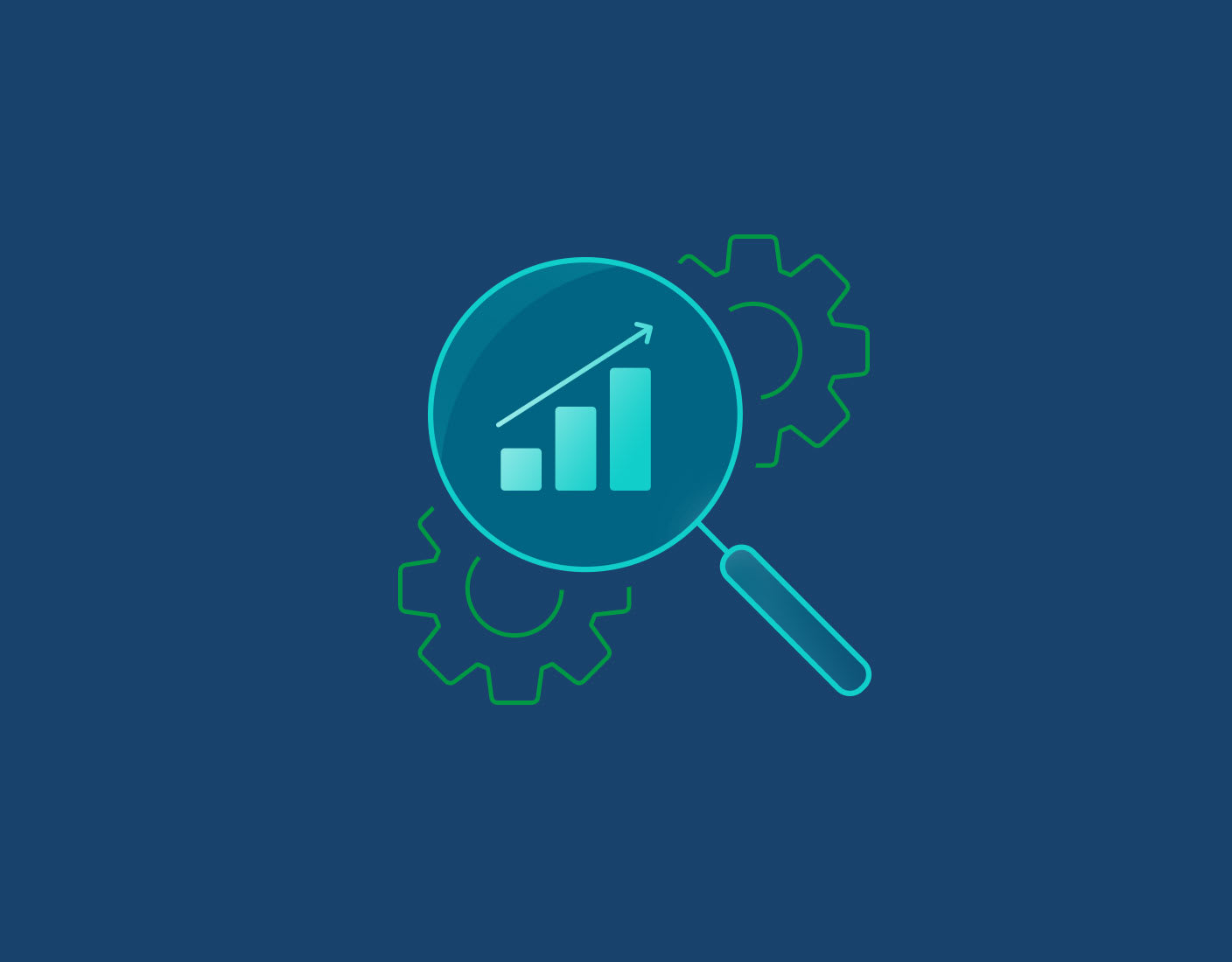Advantages of Mainframe Modernization
Because mainframe systems become increasingly costly and cumbersome to maintain over time, some firms implement mainframe modernization initiatives to reduce IT expenses and improve operational efficiency. Another reason companies are interested in mainframe modernization is that developers and administrators with the skills and experience to implement and maintain mainframes are becoming a rarity. Mainframe operating systems are run in languages that are difficult to support, and many mainframe specialists are retiring or approaching retirement. There is also the risk that a mainframe vendor will discontinue support for certain systems.
One of the greatest drivers of mainframe modernization is the demand for adopting new technologies like cloud computing, big data analytics, and connected devices. Forward-thinking firms want to leverage today's most advanced analytics platforms as well as affordable, scalable cloud services, and modernizing their legacy systems is essential for doing so. Many firms carry out mainframe modernization to enable easier data integration—to more easily migrate DB2 mainframe data, for example, to a Hadoop ecosystem like Cloudera in which data from different sources can be integrated and processed.
















































